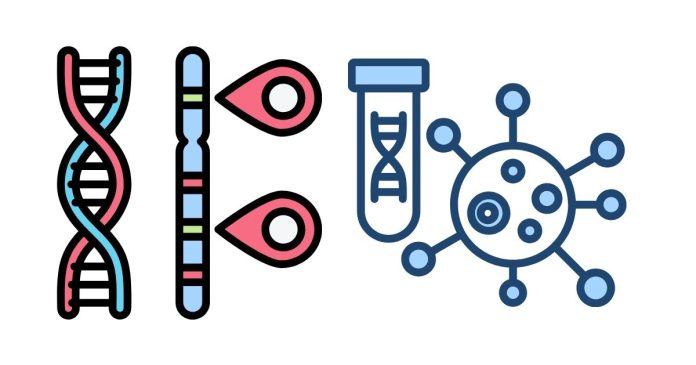Are BB, Bb, and bb Examples of Dominant or Recessive Traits?
In the world of genetics, BB, Bb, and bb are genotypes that represent the combinations of alleles inherited from an organism’s parents. These combinations determine whether a specific trait is dominant or recessive. Let’s break it down to understand what these genotypes mean and how they influence traits.
What Do BB, Bb, and bb Represent?
Each letter represents an allele, which is a version of a gene.
- B: A dominant allele.
- b: A recessive allele.
The pairing of these alleles determines the genotype, and the genotype, in turn, determines the phenotype (the observable traits).
Breaking Down the Genotypes
- BB (Homozygous Dominant)
- Contains two dominant alleles (B and B).
- The dominant trait will always be expressed in the phenotype.
- Bb (Heterozygous)
- Contains one dominant allele (B) and one recessive allele (b).
- The dominant allele masks the recessive one, so the dominant trait will be expressed.
- bb (Homozygous Recessive)
- Contains two recessive alleles (b and b).
- Since there’s no dominant allele to mask it, the recessive trait will be expressed.
Dominant vs. Recessive: How It Works
- Dominant traits: Displayed when at least one dominant allele (B) is present (BB or Bb).
- Recessive traits: Only displayed when both alleles are recessive (bb).
For example, if B represents brown eyes (dominant) and b represents blue eyes (recessive):
- BB and Bb would result in brown eyes.
- bb would result in blue eyes.
Why Is This Important?
Understanding genotypes like BB, Bb, and bb is key to grasping how traits are inherited through generations. This basic principle, established by Gregor Mendel’s studies on pea plants, applies to countless traits in humans, animals, and plants.
Whether you’re studying biology, exploring your family’s genetics, or simply curious about how traits are passed down, knowing how dominant and recessive alleles interact helps demystify the science of inheritance.
So, to answer the question: BB, Bb, and bb are examples of genotypes that determine whether traits are dominant or recessive.


